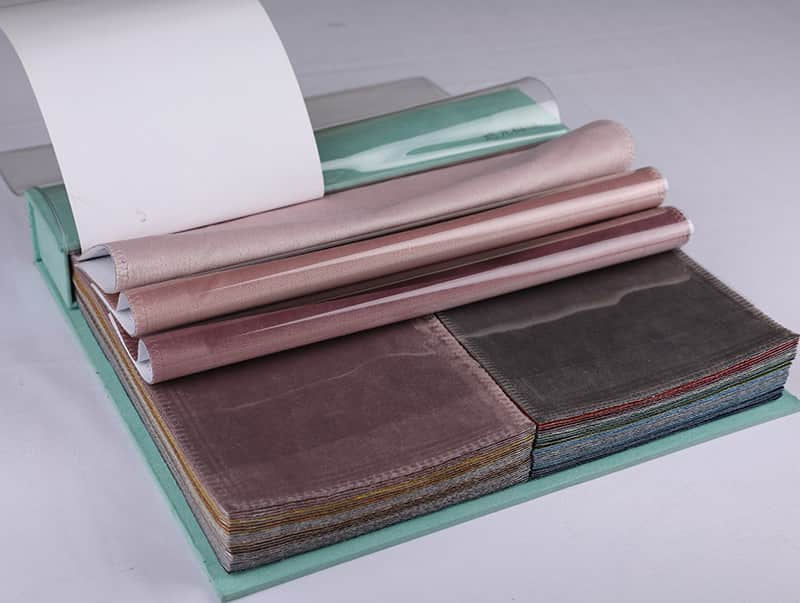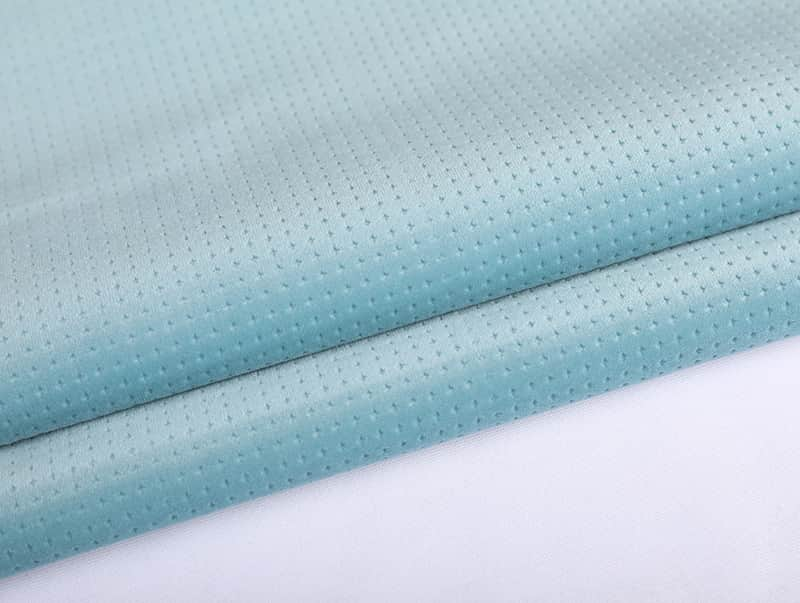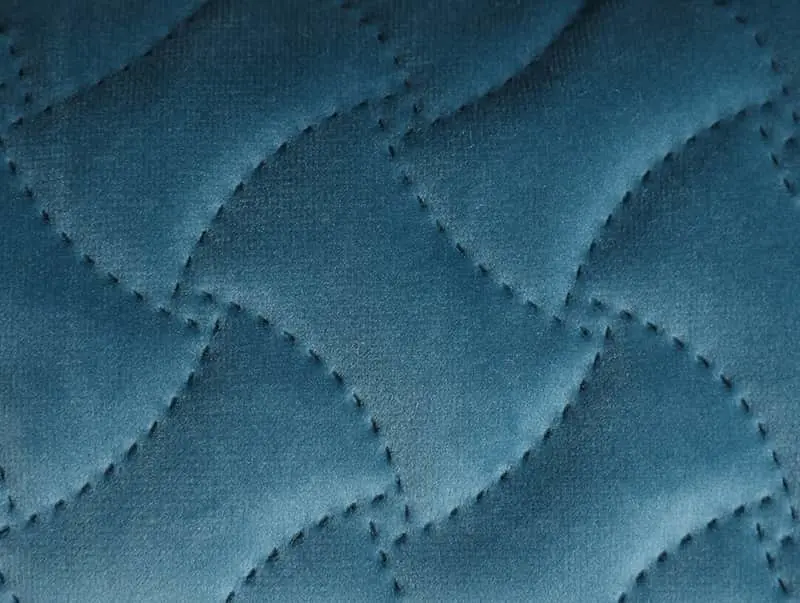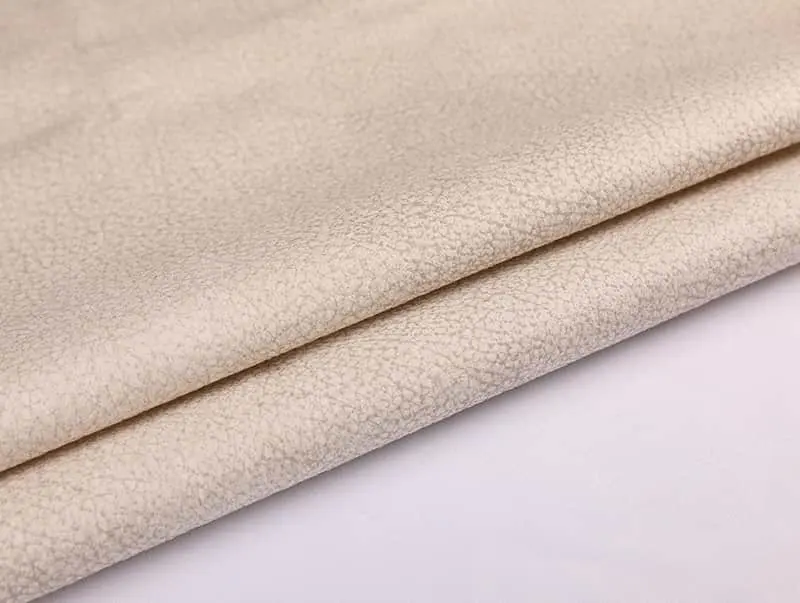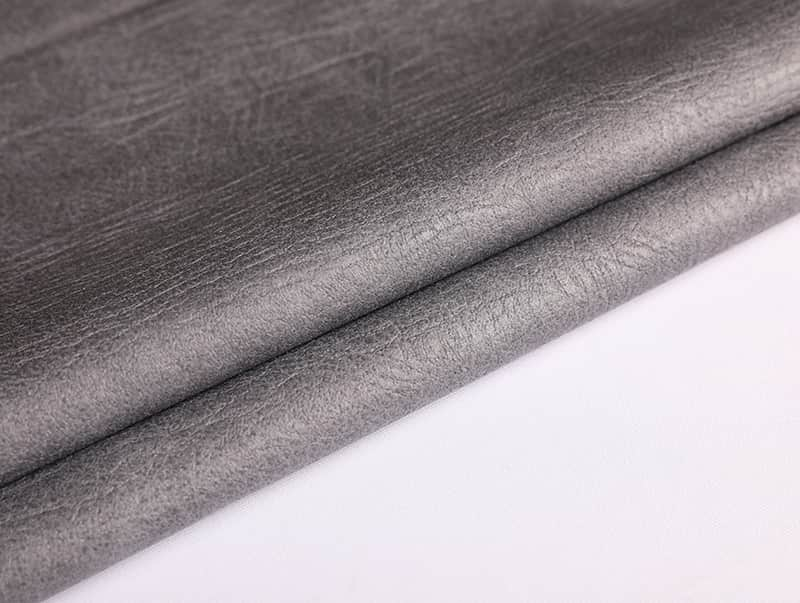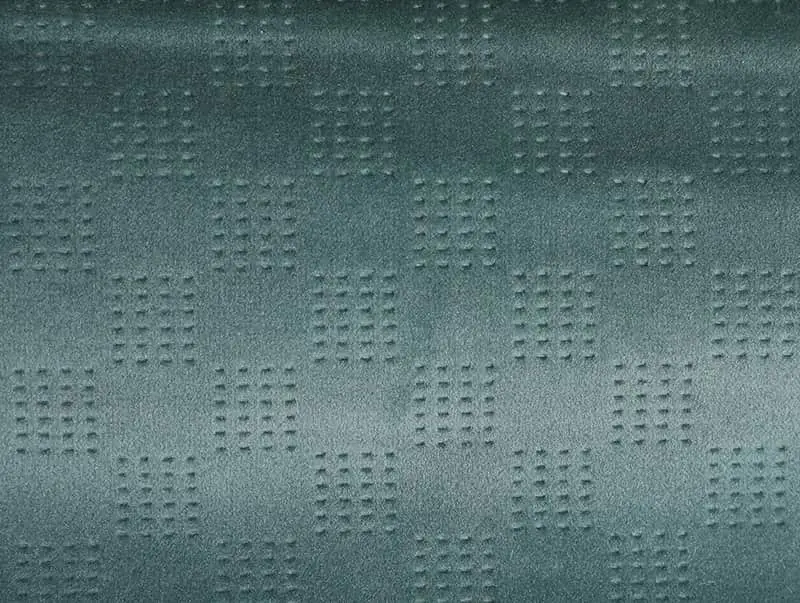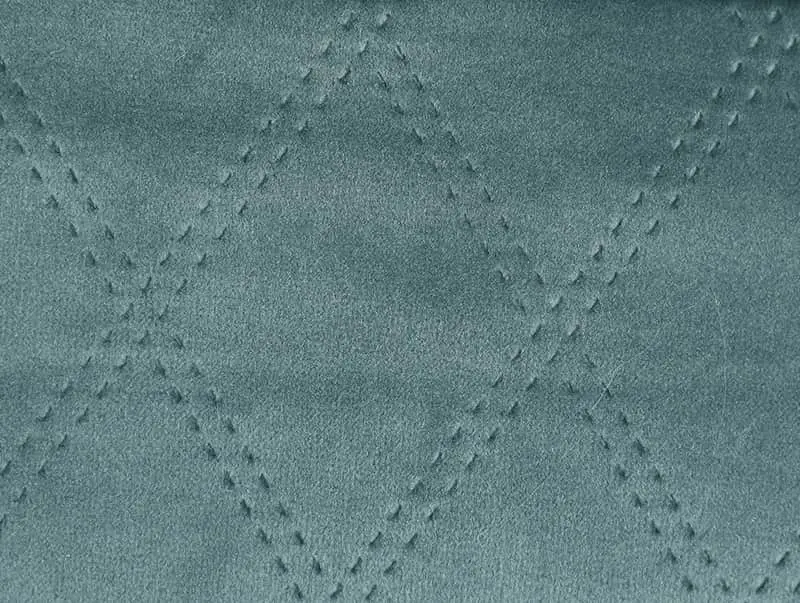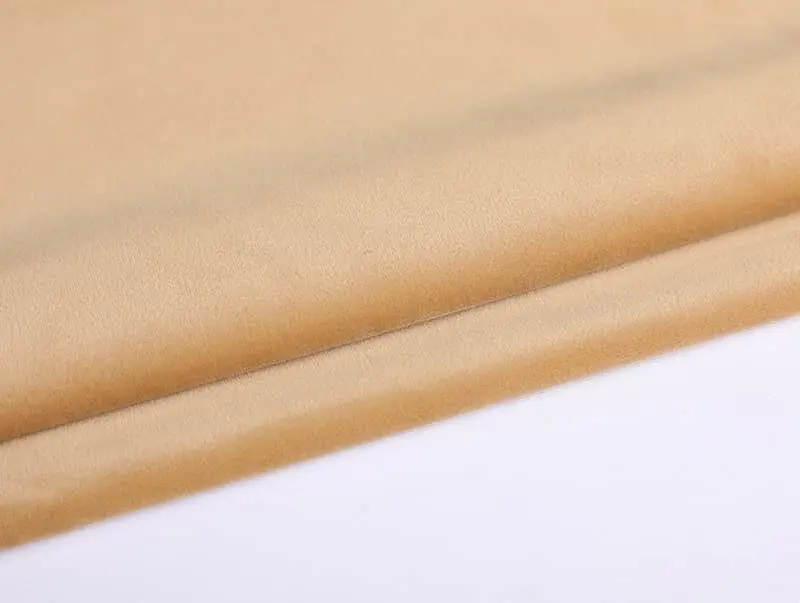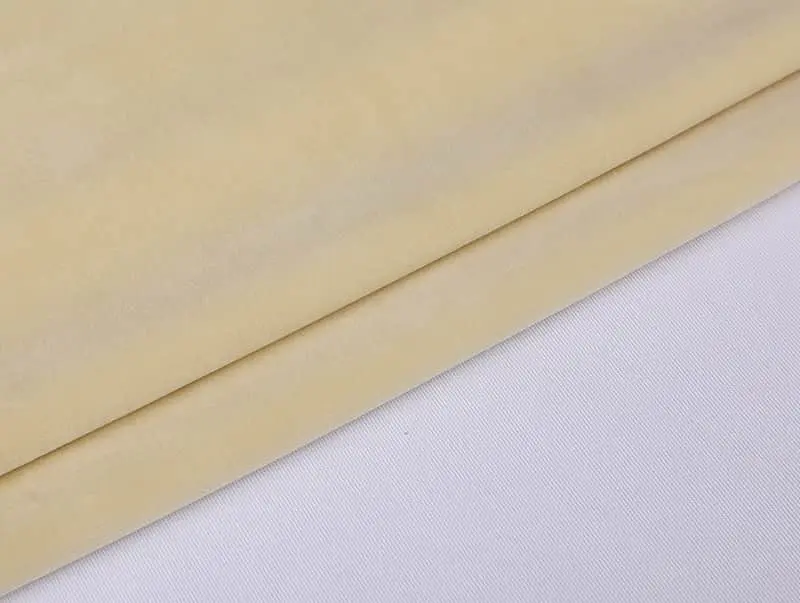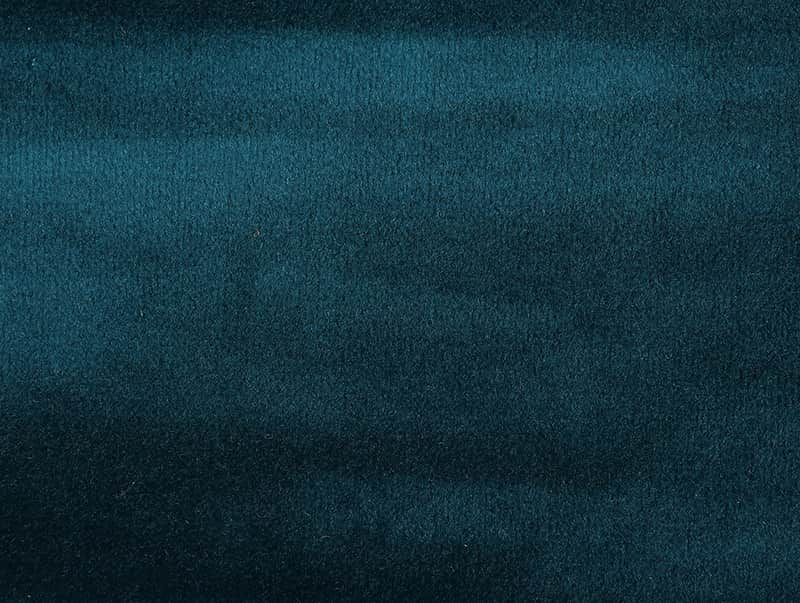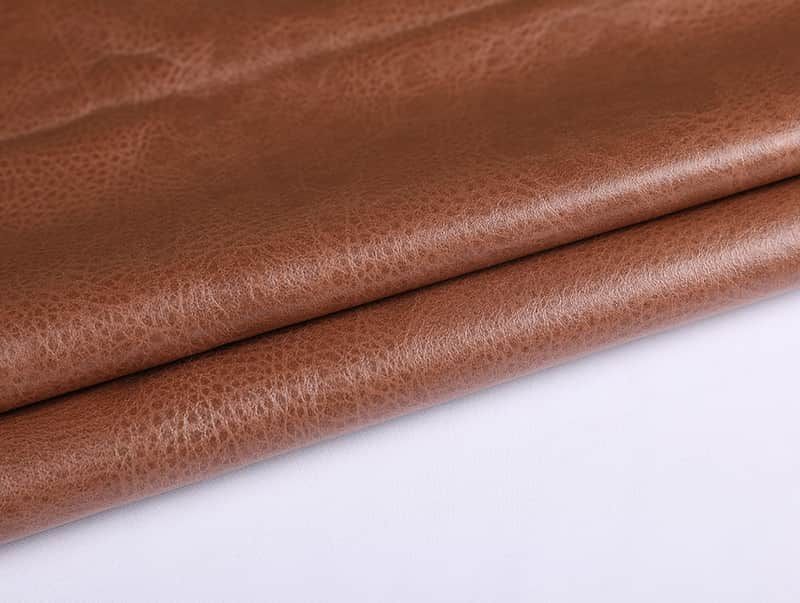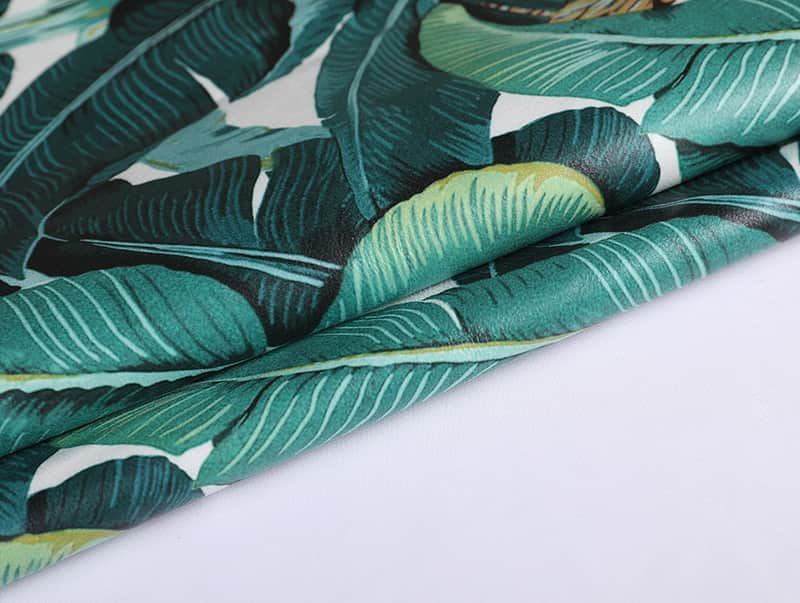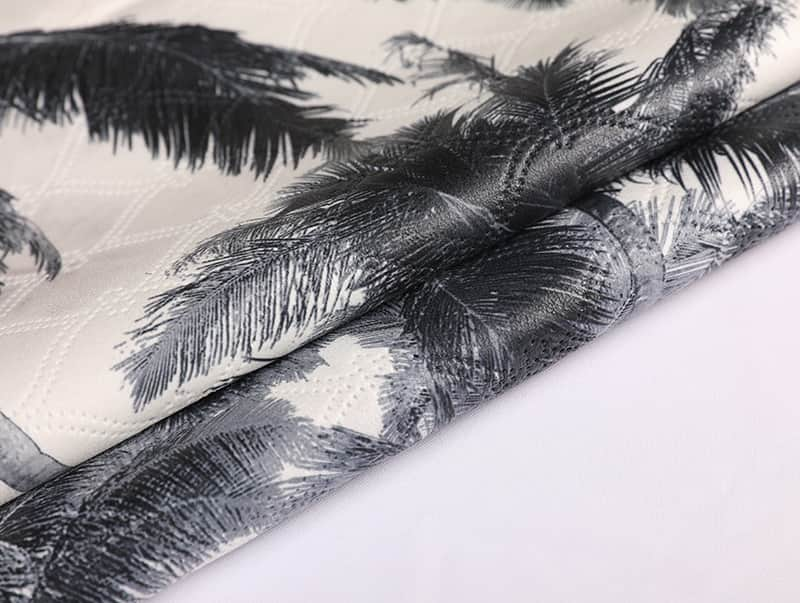The price of velvet curtain fabric can vary widely depending on several important factors. Understanding these factors helps buyers, designers, and manufacturers make informed decisions when selecting velvet for curtains. Below are the key elements that influence the cost of velvet curtain fabric:
1. Fiber Content and Quality
Natural Fibers vs. Synthetic Fibers
Velvet made from natural fibers like silk or cotton tends to be more expensive due to the higher cost of raw materials and more complex manufacturing processes.
Synthetic fibers such as polyester or nylon are generally more affordable and widely used in commercial velvet curtain fabrics.
Fiber Grade and Purity
The fineness and quality of the fibers used can affect softness, sheen, and durability, which in turn influence the price.
2. Type of Velvet
Silk Velvet
Known for its luxurious feel and luster, silk velvet commands a premium price. It is delicate and often requires specialized care.
Cotton Velvet
Softer and more durable than silk, cotton velvet is moderately priced and popular for home use.
Crushed Velvet, Embossed Velvet, and Other Variants
Specialty velvets with unique textures or finishes may cost more due to additional processing steps.
3. Fabric Weight and Thickness
Heavier and thicker velvet fabrics require more material and often have a denser pile, leading to higher costs.
Lightweight velvets, while sometimes less expensive, may not provide the same level of insulation or opacity for curtains.
4. Manufacturing Process
Weaving Technique
The complexity of the weaving process, including pile height and density, impacts labor and machinery costs.
Finishing Treatments
Processes like dyeing, printing, embossing, and flame retardant treatments add to the production cost.
5. Design Complexity and Customization
Custom colors, patterns, or embroidered designs increase fabric price.
Limited-edition or designer velvet fabrics typically come with higher costs due to exclusivity.
6. Supply Chain and Origin
Velvet fabric sourced from regions with higher labor or material costs will be priced higher.
Imported velvets may include additional shipping and customs fees.
7. Durability and Performance Features
Fabrics with enhanced durability, stain resistance, or UV protection usually cost more but offer better long-term value.
Velvet with built-in thermal insulation or sound absorption qualities can command premium pricing.
8. Market Demand and Trends
Popularity of velvet curtains in interior design can drive demand and prices up.
Seasonal trends or fashion cycles influence availability and cost fluctuations.
Summary
The price of velvet curtain fabric depends on a combination of fiber type, fabric weight, manufacturing techniques, design complexity, and market factors. Natural fiber velvets like silk and high-quality cotton usually cost more, while synthetic blends offer budget-friendly options. Additional treatments, custom designs, and regional sourcing also contribute to the overall cost.
Choosing the right velvet curtain fabric involves balancing price with desired aesthetics, durability, and functionality.
